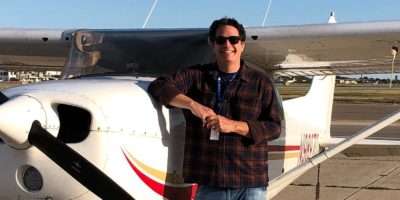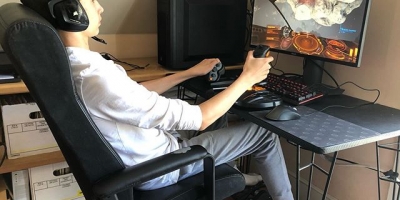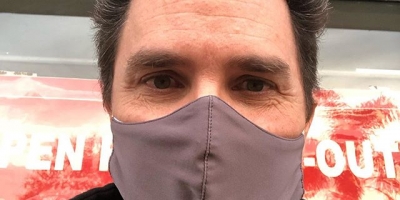I just today completed one of the most valuable things I’ve ever done in my life.
For the past two weeks I’ve been volunteering as a docent at the Karpeles Manuscript Library, a local museum here in Santa Barbara, for the exhibition of [i]A Slave Ship Speaks: The Wreck of the Henrietta Marie[/i].
As a docent, I gave hour-long tours to groups of people who came to see the exhibit, including large groups of school kids (elementary, middle and high school), college students, working adults, and retired people.
The Henrietta Marie was a ship that was involved in the Transatlantic Slave Trade, which involved the transportation of captive Africans from the coast of West Africa to the “New World”, also known as North, Central and South American and the Caribbean.
The enslavement of African people by Europeans dates from the mid 1400s, and lasted for 400 years, until the late 1800s. The first African slaves were brought to the “New World” in the early 1500s.
The Henrietta Marie sank 35 miles off the coast of what is today Key West, Florida, in the year 1700, where it lay in 30 feet of water until 1972 when it was discovered by treasure hunters.
It is the only slave ship wreck to have ever been found sunk in the course of trade in the waters of the western hemisphere. It is also the most complete slave ship wreck that has been recovered anywhere in the world.
The exhibit features numerous artefacts recovered from the wreck, including numerous sets of shackles, various trade items, cannon and other weaponry, and historical documents directly related to the Henrietta Marie’s slave trading activities (i.e. shipping records indicating cargos of African slaves).
In the six weeks that the Henrietta Marie exhibit was here at the Karpeles, we had over 4,000 schoolchildren come through, sometimes as many as two hundred per day.
It was a great experience that allowed me, in a very direct and concrete way, to finally put to good use on a broader scale the training I received from the UCSB Black Studies Department (I hold a BA in Black Studies, in addition to a BA in Philosophy, both gained in 1998). I was proud that I was able to share some of the knowledge that I gained from my studies in a practical application, amongst these most historically significant artefacts.
If you had a chance to see the Henrietta Marie, I thank you for coming! If you’d like to see the exhibit, it’s next appearance will be at the Federal Building on Wall Street in New York City. For more information, check out the following links:
The Henrietta Marie at Mel Fisher’s website: [url]http://www.melfisher.org/henriettamarie.htm[/url]
Moe Molinar, discoverer of the Henrietta Marie: [url]http://www.hrd1715.com/HenriettaMarie.html[/url]


